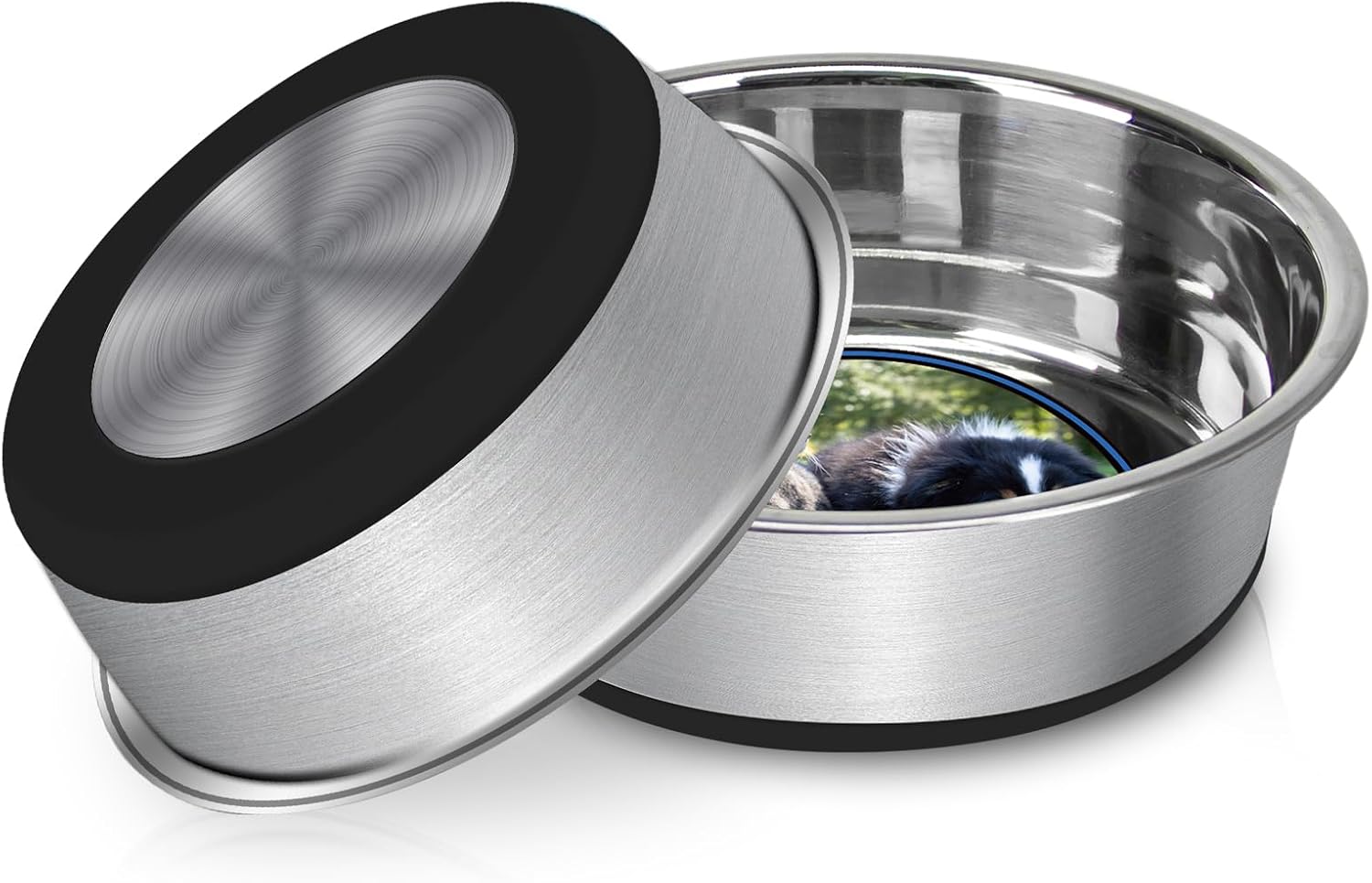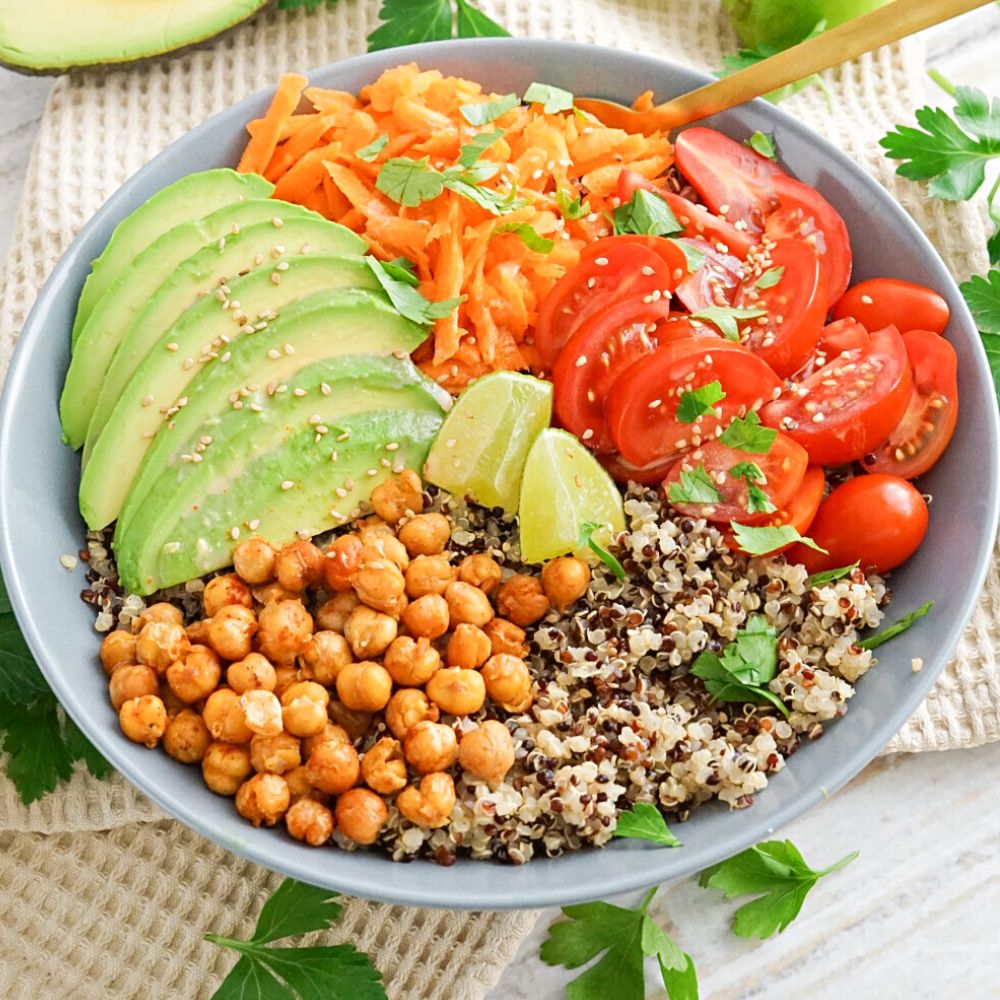Stainless steel bowls are a kitchen staple for many, prized for their durability and ease of cleaning. But beyond the practical benefits, a key selling point is their perceived non-toxicity. Let’s delve into the science behind why stainless steel bowls generally get a thumbs-up in the safety department, exploring the composition, potential concerns, and how to ensure you’re using them safely.
The Composition of Stainless Steel: A Key to Non-Toxicity

The “stainless” in stainless steel comes from its chromium content. This element is what makes the steel resistant to rust and corrosion. Chromium forms a passive layer, a thin, invisible film of chromium oxide, on the surface of the steel. This protective layer is what acts as a barrier, preventing the underlying metal from reacting with food and leaching harmful substances. This passivation is crucial in understanding why stainless steel is generally considered safe for food contact.
The exact composition of stainless steel can vary, with different grades containing differing proportions of chromium, nickel, molybdenum, and other elements. However, most food-grade stainless steel contains a minimum of 10.5% chromium, ensuring the formation of that vital protective oxide layer. The higher the chromium content, the better the corrosion resistance.
Debunking Myths and Addressing Potential Concerns

While stainless steel is generally considered safe, some concerns occasionally arise. Let’s address them head-on:
Nickel Leaching: A Valid but Rare Concern
Some stainless steel grades contain nickel, an element that can cause allergic reactions in sensitive individuals. However, the amount of nickel that might leach into food from properly manufactured and maintained stainless steel bowls is typically very low and below levels considered harmful by health authorities. The passive chromium oxide layer significantly minimizes nickel migration. However, if you have a known nickel allergy, opting for nickel-free stainless steel bowls might be a prudent choice.
Scratches and Corrosion: Impact on Safety
Deep scratches or significant corrosion can compromise the integrity of the protective oxide layer. This could theoretically increase the risk of metal leaching. It’s vital to choose bowls of good quality, handle them with care to avoid excessive scratching, and replace damaged bowls. Avoid using abrasive cleaners that might damage the surface.
Manufacturing Processes and Food-Grade Standards
The manufacturing process is crucial. Reputable manufacturers follow strict guidelines to ensure their stainless steel products meet food-grade standards. Look for bowls certified by organizations like the FDA (Food and Drug Administration) to ensure they adhere to safety regulations for food contact.
Stainless Steel vs. Other Materials: A Comparison
Let’s compare stainless steel bowls to some popular alternatives:
Stainless Steel vs. Plastic
Plastic bowls can leach chemicals, particularly when exposed to heat or acidic foods. Certain plastics contain BPA (bisphenol A) and other potentially harmful chemicals. Stainless steel offers a more inert and safer alternative for food storage and preparation, especially with hot foods or acidic ingredients.
Stainless Steel vs. Glass
Glass bowls are generally considered safe, but they are more prone to breakage. Stainless steel provides durability and resistance to chipping or cracking that glass lacks, making them ideal for everyday use and even outdoor activities.
Stainless Steel vs. Ceramic
Ceramic bowls can be beautiful and sturdy, but some glazes might contain lead or cadmium, which are toxic. Food-grade stainless steel offers a safer alternative without these potential health risks.
Choosing and Caring for Your Stainless Steel Bowls

To maximize the longevity and safety of your stainless steel bowls, follow these tips:
- Choose high-quality bowls: Look for thicker gauge stainless steel and reputable brands.
- Avoid abrasive cleaners: Use mild soap and water or a dishwasher-safe detergent.
- Handle with care: Avoid dropping or banging the bowls to prevent scratches.
- Inspect regularly: Replace any bowls with significant scratches or corrosion.
- Look for certifications: Opt for bowls that meet food-grade standards and have relevant certifications.
Conclusion: A Safe and Sustainable Choice

Stainless steel bowls, when chosen and cared for properly, represent a safe and sustainable option for food preparation and storage. Their inherent non-toxicity, durability, and ease of cleaning make them a valuable addition to any kitchen. By understanding the composition, potential concerns, and proper care, you can confidently enjoy the benefits of these versatile and long-lasting bowls.
Disclaimer: This article is for informational purposes only and does not constitute medical or professional advice. Always consult with a qualified professional if you have specific health concerns or allergies.


